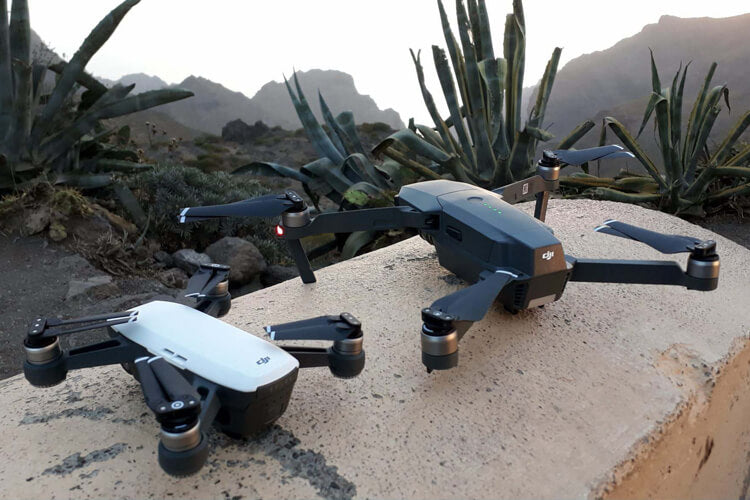Why Tear Down the DJI Spark?
The DJI Spark drone is one of the most iconic consumer drones ever released. Known for its compact size, intelligent flight modes, and 1080p stabilized camera, the Spark quickly became a favorite for both beginners and drone enthusiasts. But what really makes it work? To answer that, we performed a full teardown of the DJI Spark, exposing its processors, sensors, flight controllers, and cooling systems.
Whether you’re an engineer, a drone hobbyist, or simply curious, this teardown gives a close-up look at the technology packed inside one of DJI’s most popular drones.
DJI Spark Key Specs (Before Disassembly)
-
Weight: 0.66 lb (without battery)
-
Dimensions: 5.6 × 5.6 × 2.2 inches
-
Battery: 1480 mAh, 11.4V (≈15 min flight time)
-
Max Speed: 31 mph
-
Max Range: 2,000 meters
-
Camera: 12MP CMOS, 1080p @ 30 fps, 2-axis gimbal stabilization
-
Flight Modes: Intelligent flight modes + obstacle avoidance
-
Connectivity: Dual-band 2.4 & 5 GHz Wi-Fi, GPS/GLONASS
Out of the box, the Spark feels premium—solid build, lightweight design, and impressive performance for its size.
Inside the DJI Spark Drone
Step 1: Opening the Shell
The teardown starts by removing screws and exposing the cooling system. DJI uses a horizontal fan + heat sink combo to regulate temperature, sitting above EMI shielding that protects the main electronics.
Step 2: Core Electronics
Beneath the shielding lies the main board, packed with processors:
-
STMicroelectronics STM32F303 MCU – controls brushless motors, optimized for ultra-low latency.
-
Atmel/Microchip ATSAME70Q21 (Cortex-M7) – high-speed MCU handling flight logic.
-
Leadcore LC1860C SoC (Quad-core A7) – the main image processor with Mali GPU.
-
Intel Movidius MA2155 VPU – vision processing unit for obstacle detection & AI mapping.
-
Atheros/Qualcomm AR1021X Wi-Fi SoC – dual-band Wi-Fi with MIMO support.
This combination explains how the Spark balances real-time motor control, intelligent navigation, and video processing in such a small frame.
Step 3: Power & Motor Control
The Monolithic Power MP6536 drivers manage the 3-phase brushless motors, while a Leadcore LC1160 PMIC ensures stable power delivery.
Step 4: Camera & Sensors
The front-facing 12MP CMOS camera provides 1080p video, stabilized on a 2-axis gimbal (pitch and roll). While it lacks a third-axis yaw stabilizer, DJI compensates with digital corrections.
The Spark also integrates infrared sensors + vision sensors for obstacle avoidance in up to 5 directions, critical for safe flights.
Step 5: Navigation & Connectivity
The secondary board holds the u-blox M8030-KT GNSS IC, capable of receiving signals from GPS, GLONASS, Galileo, and BeiDou simultaneously—ensuring highly accurate navigation.
A micro USB port and SD card slot provide connectivity and storage.
Why the DJI Spark Was Special
At launch, the DJI Spark (~$450) stood out for making advanced drone features accessible at a lower cost. It introduced:
-
Gesture control
-
Intelligent flight modes
-
Reliable GPS tracking
-
Compact portability
It was marketed as “the drone for everyone”, yet it still contained cutting-edge processors usually found in smartphones and AI devices.
Final Thoughts: DJI Spark Drone Teardown
The DJI Spark may no longer be DJI’s flagship, but its design balance of performance, size, and cost shows why it became a bestseller. From its Intel Movidius AI chip to its precision flight controllers, every component demonstrates DJI’s engineering expertise.
For DIY drone builders or engineers, the Spark teardown also shows what’s possible in power-efficient drone design—and why DJI continues to dominate the consumer drone market.









